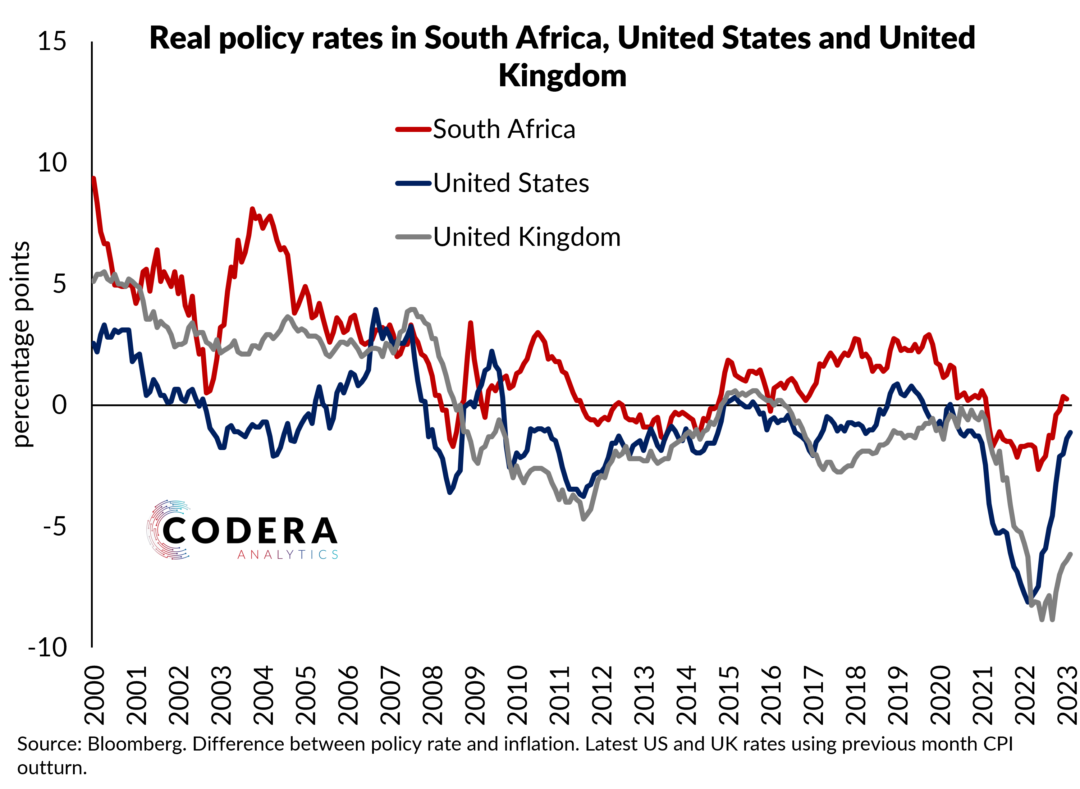In a previous post, I questioned why the spread between the South African 3-month Treasury bill rate and the policy rate has turned negative. I speculated that one reason for this could be a change in the demand-supply balance in Treasury security auctions with the implementation of regulations requiring banks to hold high quality liquid assets or the transition to a new monetary policy implementation framework in June 2022. The charts below show that the average bid-to-cover ratio for 3-month Treasury bill auctions has been much higher than the average between 2020 and the transition to a new implementation regime (indicating increased demand), while the correlation between the bid-to-cover ratio and yields has been much more positive (suggesting higher demand has been associated with higher average yields at the margin). Interestingly, there does not appear to have been as big an increase in demand for 6-month Treasuries. Looking at allotments, there were many under-allocated 3-month auctions in the lead-in to the transition to a new monetary policy regime, but there have been fewer under-allocations since. There were more over-allocated auctions in the case of 6-month Treasuries between 2020 and mid-2022, and hardly any since. What is very surprising, is that in the case of the 3-month bills, allocations are being done below the policy rate. Allocations have been above the policy rate for 6-month bills, however. The SARB is likely near the peak in its hiking cycle, so its is surprising that there is such a difference in spreads at the 3- and 6-month maturities.
This raises interesting questions about the impact of Treasury’s debt management approach and Basel III-related financial stability regulations on monetary policy pass-through, pricing efficiency in the government securities market, the shape of our yield curve and the pricing of capital by banks more generally. One also wonders whether Treasury should consider being more dynamic about the amounts of bills it offers in Treasury auctions instead of having fixed amounts on offer for long periods of time.




Footnote
It should be noted that I have not controlled for the impact of market conditions on observed yields.
It is also possible that term premia at the short end of the yield curve are different to ones further up the curve. I will present some term premium estimates at different points on the curve in a future post.

